books
- A video interview with the author.
- A summary of the argument, adapted from the introduction: The Surprising New Significance of Shu Ha Ri in Postwar Karatedo.
- A 1983 BBC documentary about Okinawan karate: The Way of the Warrior: Karate, the Way of the Empty Hand. This is extraordinary and a real classic! (mentioned in a footnote on p.97).
-
but don’t take my word for it, what do I know? Read the book and the close reading archive. ↩︎
- What is the real work of serendipity?
- A library of good neighbours
- The Dewey Decimal System pigeonholes all knowledge, like cells in a prison
📚Tsundoku emergency temporarily averted.
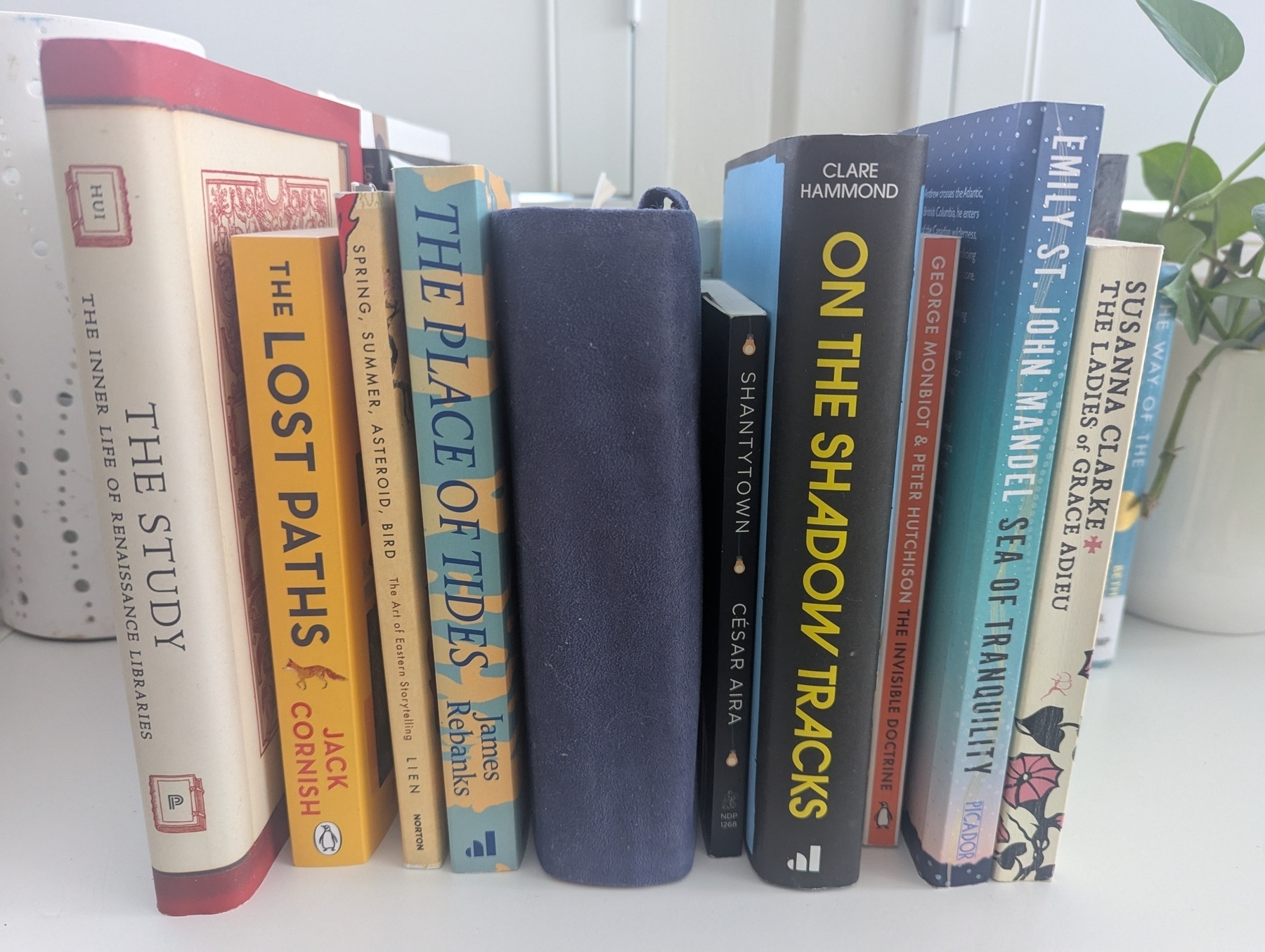
Some books I read before visiting Japan.
#reading #Japantravel #shuhari
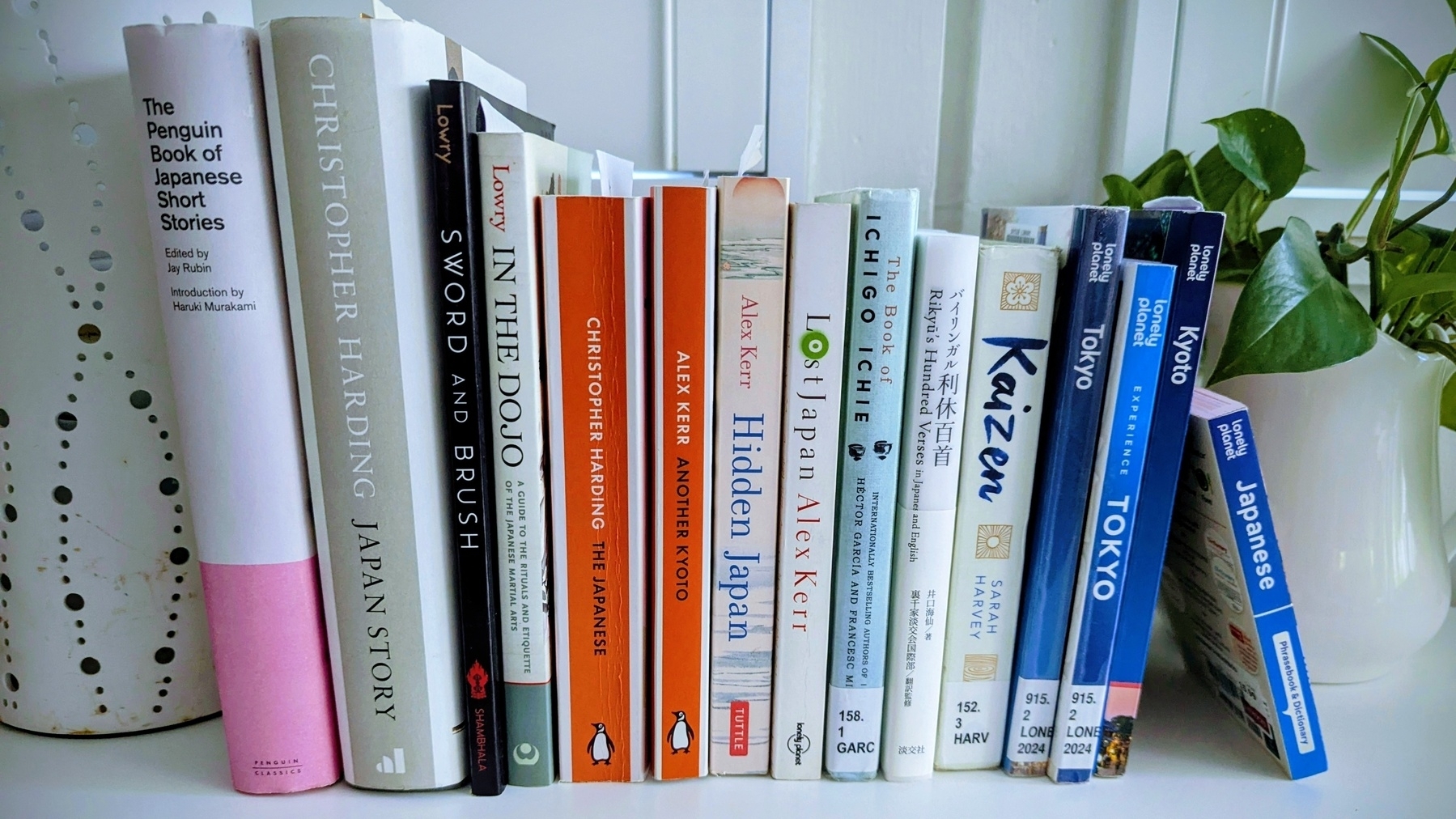
After launching my book on the Japanese concept of Shu Ha Ri I’m visiting Japan itself soon to research another concept that’s become a minor obsession.
I’m particularly interested in traditional Japanese gardens and in traditional crafts, so where should go? If you know Japan, what tips have you got to share?
#Japan #shuhari #Japantravel #Japanesegardens
Mastering Any Skill, the Japanese Way
📚 A review of Analysis of Shu Ha Ri in Karate-Do: When a Martial Art Becomes a Fine Art by Hermann Bayer, Ph.D.
Most people believe that mastery of a skill comes from practicing harder and longer. ‘10,000 hours of deliberate practice’ has achieved a level of imperative unwarranted by the actual evidence (Epstein, 2021). Yet countless learners, whether in business, the arts, or sport, hit a plateau they can’t break through. The problem isn’t effort. It’s that they’re missing a hidden progression that separates the true experts from the merely experienced.
For centuries, Japanese masters have understood this journey. It has three distinct phases, Shu, Ha, Ri, and each demands a different mindset and approach. Skip one, and your growth stalls. Get them right, and you move beyond imitation into competence and ultimately mastery. Unlike many Western theories of learning, it’s not a linear set of stages to be climbed like the rungs of a ladder: instead it’s a cycle, a spiral of increasing competence where the earliest phase is never forgotten.

Hermann Bayer’s Analysis of Shu Ha Ri in Karate-Do is one of the clearest and most extensive explanations of this progression I’ve encountered. While his examples come from Okinawan karate, his real subject is the universal process of moving from novice to master, potentially in any discipline.
Bayer brings to his writing both deep scholarship and decades of martial arts expertise. This shows, but the book remains reasonably accessible for general readers. He unpacks philosophical ideas without jargon, showing exactly how they play out in practice. One of his most important clarifications is effectively a major theme of the book: Shu Ha Ri is not an Okinawan tradition. Despite its frequent modern association with karate, Bayer shows that the concept comes from Japanese fine arts, especially from the tea ceremony, and only entered karate after karate’s fairly recent introduction to mainland Japan, in 1922. This detail is more than just historical trivia; it changes how you see the concept. Shu Ha Ri is not tied to a single fighting style, and certainly not to karate. It’s potentially a transferable blueprint for mastering any complex skill.
Although Shu Ha Ri has wide applicability and has been adopted in many different disciplines, Bayer does focus heavily on karate, and on its Okinawan origins. This is the author’s specialist field. He is, after all the author of the two-volume Analysis of Genuine Karate, which explores Okinawa as the cradle of true karate. So readers curious about Shu Ha Ri, but with limited interest in karate and Okinawan history may wish for more examples from other disciplines. But the underlying framework is so universal that the author’s examples still work. You don’t need to know a kata from a kumite to apply what you learn.
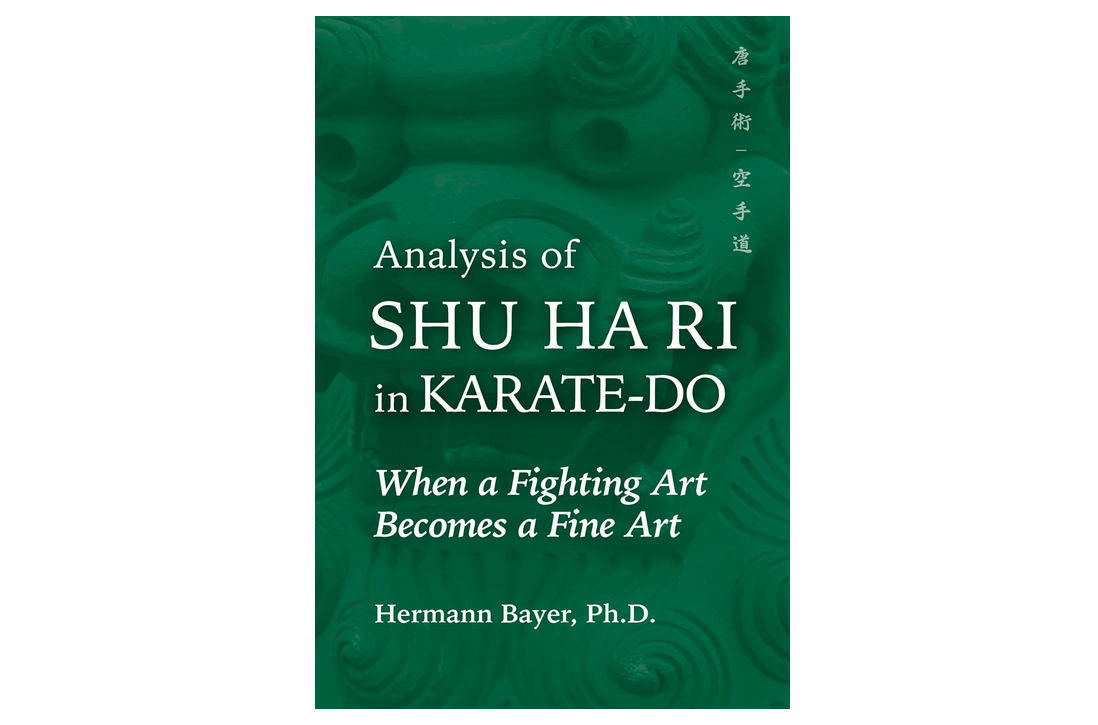
If you are a practitioner of Karate, I suspect after reading this book you’ll never see it in quite the same way. But what makes the concept of Shu Ha Ri valuable beyond martial arts is its potential application to any field where performance and creativity matter. For instance, writers might see how to move from imitating their influences to developing a unique voice. Leaders might understand when to enforce process and when to encourage innovation. Artists, athletes, and entrepreneurs might recognise the moment to step beyond rules without losing their foundation.
If you care about personal growth and continuous improvement, or want a proven roadmap to mastery, this book will give you both the theory and the practical insight to get there. By the time you finish it, you won’t just understand Shu Ha Ri, you’ll be inspired to integrate this learning philosophy into your own life. And in case you were tempted, you will never again confuse Shu Ha Ri with the historical traditions of Okinawan karate.
Details
Analysis of Shu Ha Ri in Karate-Do: When a Martial Art Becomes a Fine Art by Hermann Bayer, Ph.D. (June 2025, ISBN: 9781594399954)
Purchase directly from the publisher, YMAA.
Resources
I’m the author of Shu Ha Ri: The Japanese Way of Learning, for Artists and Fighters. It’s a short and accessible introduction to the concept, available now.
And if you enjoyed this review, you may like to subscribe to the weekly Writing Slowly email digest.
The cat is characteristically ecstatic to see that the proofs of the new book have arrived. Not long now before it’s published!
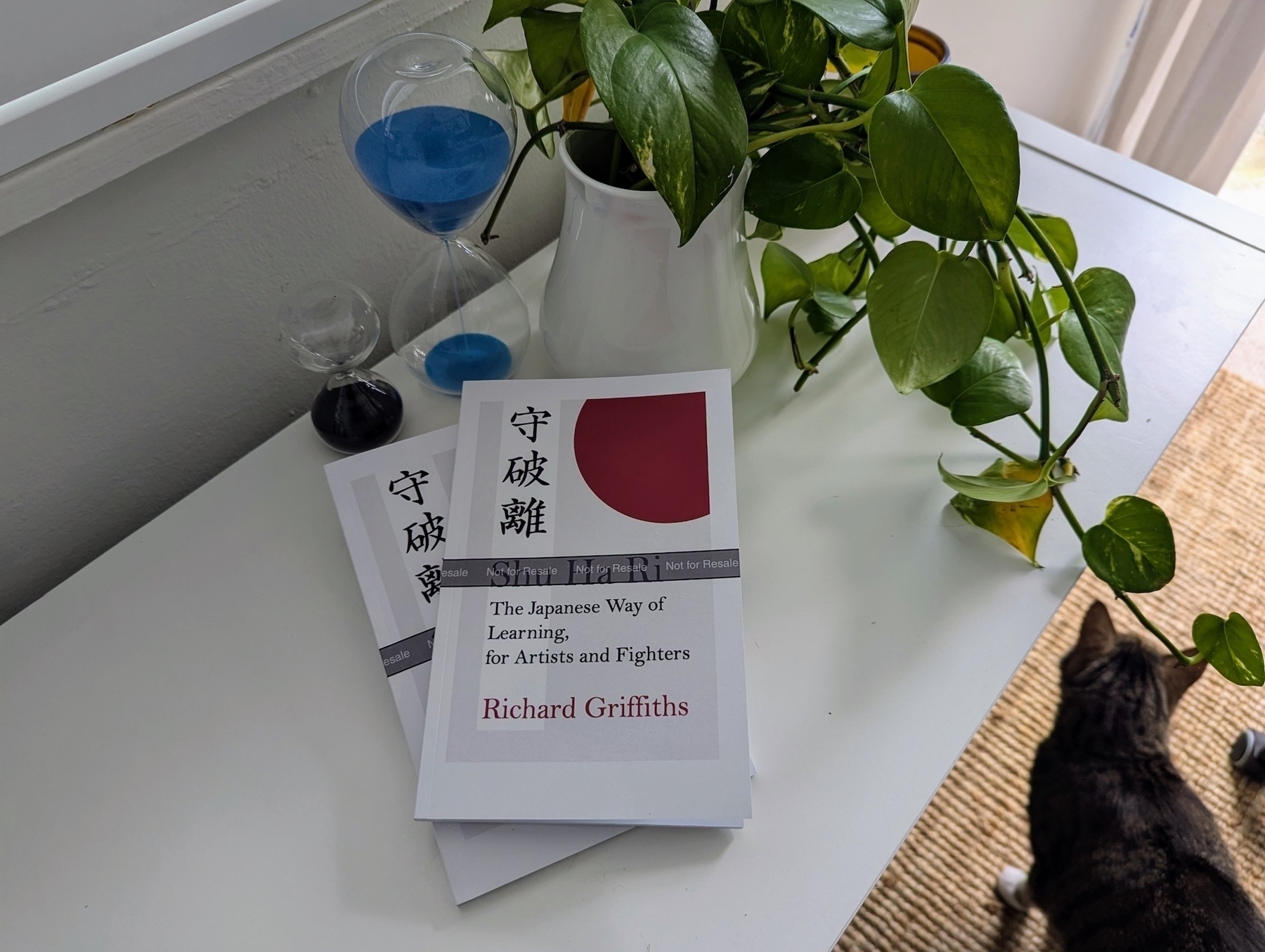
Update: I did it. Shu Ha Ri: The Japanese Way of Learning, for Artists and Fighters is now available. I hope you enjoy it!
#amwriting #booklaunch #comingsoon #nonfiction
As Alan Jacobs says, reading more books and reading books more - they’re not the same thing.
I designed a book in three and a half hours
A while ago, well, quite a long while ago, I designed a book in three and a half hours. Fun, yes, but it wasn’t very publishable.
Now, years later, I’ve finally got round to updating and redesigning the whole thing.
Yes, I’m still writing slowly but I’m excited to say it will soon be available for sale - so watch this space for more information.


Worth repeating and re-repeating:
“the evidence shows that regularising migration is a positive-sum game, in economic, social and security terms.”
A definitive study of a hotly debated phenomenon: migration into Europe and America, its socioeconomic impacts, and the eternal policy efforts to stop the inevitable.
#migration
A search for meaning in the palace of lost memories: Thoughts on Piranesi, a novel by Susanna Clarke
Susanna Clarke’s novel Piranesi has got me thinking about memory, identity, the fallibility of writing, and the paradox that intrinsic value might be created rather than found

Finished reading: This Is Happiness by Niall Williams 📚
A shaggy dog story in the best possible sense. I re-read several passages to try to work out how the author achieved his almost magical prose. Friends who read it said they felt not much happened. I felt not much happened, miraculously.
Daniel Wisser’s notecards as art and archive
Daniel Wisser’s exhibition in Vienna features 60 index cards with sketches of stories displayed in a note box (Zettelkasten).
Have you ever read a book by mistake?
Confession time: a mistaken identity led to the discovery of Cynthia Ozick’s novel The Messiah of Stockholm, which I enjoyed despite initially confusing it with a work by Ruth Ozeki.
Well the book arrived this morning. Now I really am publishing slowly!

Publishing slowly
I’m writing so slowly that you might be wondering if I’m ever going to get anything published.
Well wonder no more. I’m happy to say extracts of my memoir, ‘The Green Island Notebook’ are published in the anthology Destinations & Detours: New Australian Writing.
Published by Detour Editions, the collection launches here in Sydney on Sunday 2nd March 2025, and if you happen to be in the vicinity, I’d be delighted to meet you in person.
Book Launch 2pm, Sunday 2nd March, at Randwick Literary Institute, 60 Clovelly Road, Randwick NSW
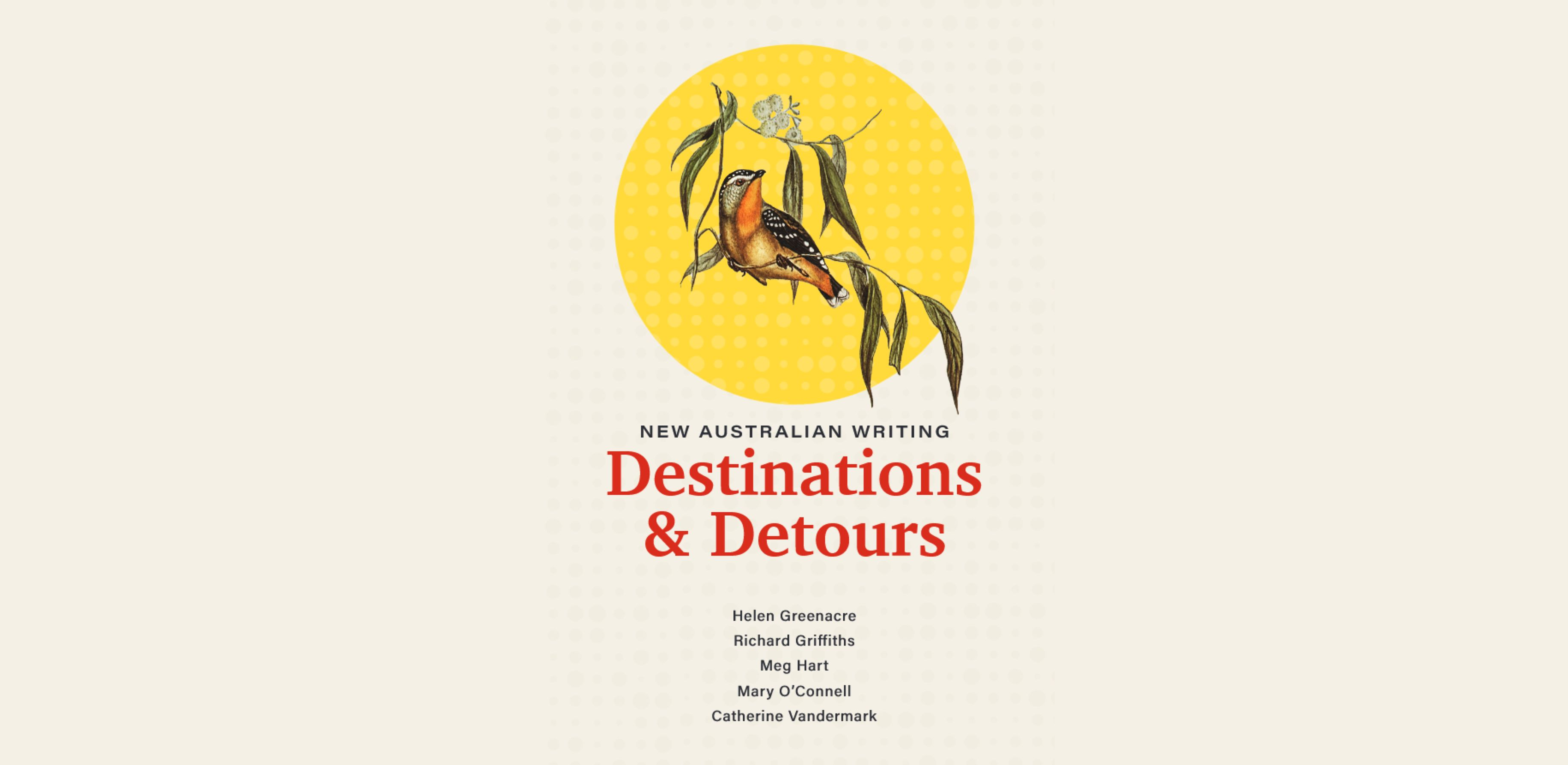
Watch out too for news of how you can get your hands on a copy, wherever in the world you find yourself.
And this isn’t the only news on the publishing front. I’ll be sharing details of some further publishing adventures very soon.
But don’t worry, whatever happens, I’ll still be writing slowly.
Update: Oh look, I wrote another book: Shu Ha Ri: The Japanese Way of Learning, for Artists and Fighters.
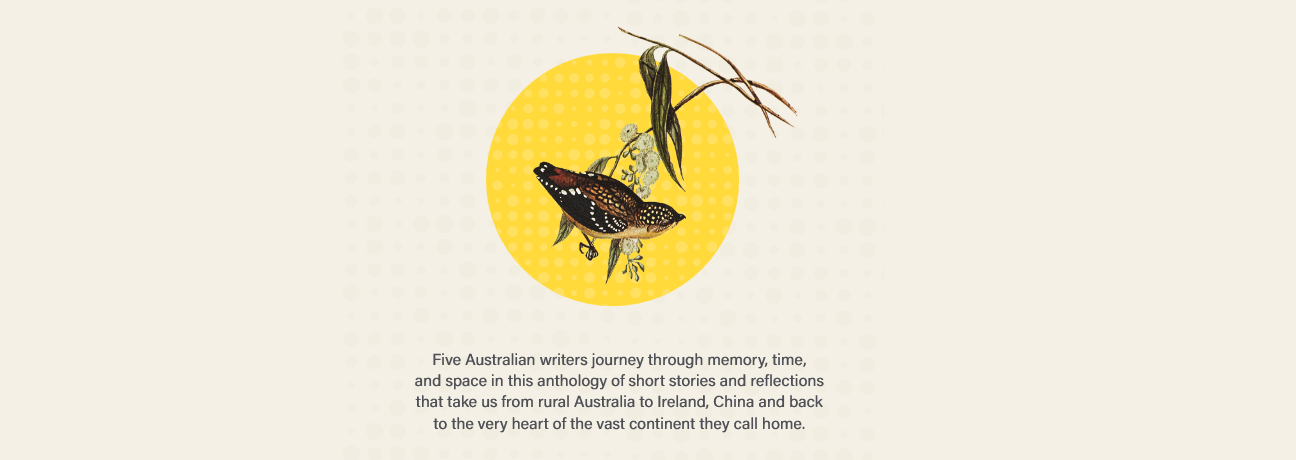
Randwick Literary Institute, the venue for our book launch, celebrates its 100th anniversary in 2025. Here it is in 1957, and it hasn’t changed much since then:
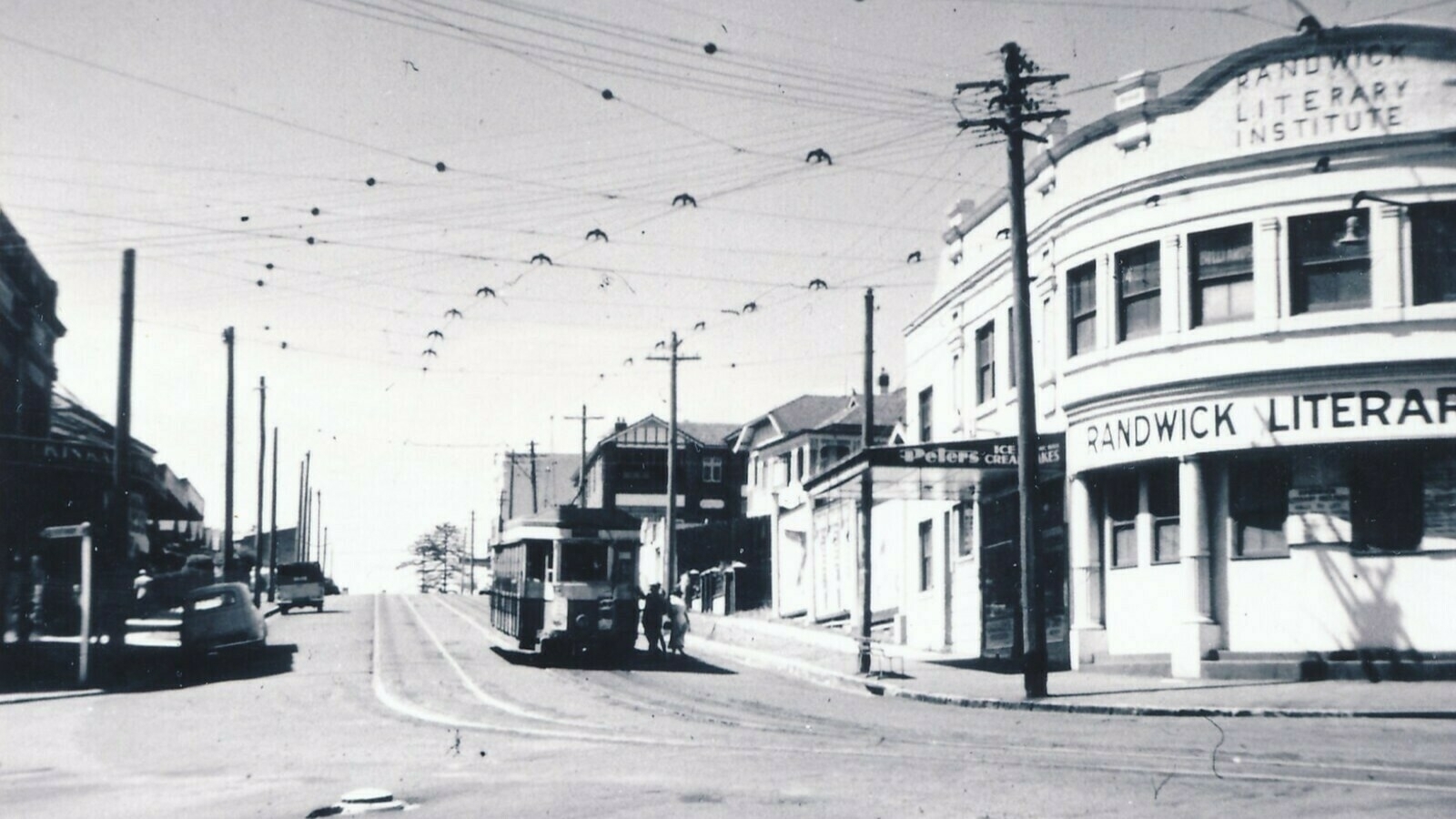
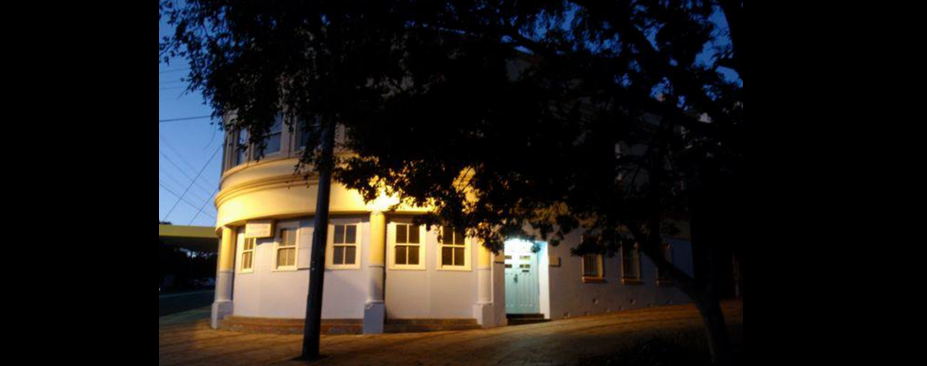
Subscribe to the Writing Slowly weekly digest (unsubscribe any time):
To care is to disobey
The book Pirate Care discusses how the act of caring for others has been criminalized, and it advocates for a grassroots political practice of solidarity against oppressive legal measures.
Read better, read closer
For anyone seeking clues on better techniques for reading, Scott Newstok, author of How to Think Like Shakespeare, has created a marvelous resource: a close reading archive. Here is where all your close reading questions will be answered, including, what is it? how do you do it? what have people done with it? and does it have a future in a digital age?
Close reading is one of those two-word phrases that seem to take on a life of their own. Anyone connected to the humanities has probably heard of it, but it’s not necessarily well understood. Is it finished? Apparently not. Not at all.
Professor Newstok’s close reading archive is an openly available companion to John Guillory’s cultural history, On Close Reading, published January 2025.
Newstok is also editor of a book on Montaigne’s view of teaching, which is how I discovered Gustave Flaubert’s endorsement of what might perhaps be seen as a kind of close reading avant la lettre1:
“Read Montaigne, read him slowly, carefully! He will calm you . . . Read him from one end to the other, and, when you have finished, try again . . . But do not read, as children read, for fun, or as the ambitious read, to instruct you. No. Read to live.”

Now consider: three ways to make notes while reading.
For even more, please subscribe.
Notemaking helps you remember - and helps you forget
Do we really need to remember everything?
This is the question posed by Lewis Hyde’s memorable book, A Primer for Forgetting: Getting Past the Past 📚
He says:
“Every act of memory is an act of forgetting. The tree of memory set its roots in blood. To secure an ideal, surround it with a moat of forgetfulness. To study the self is to forget the self. In forgetting lies the liquefaction of time. The Furies bloat the present with the undigested past. “Memory and oblivion, we call that imagination.” We dream in order to forget.” ― Lewis Hyde, A Primer for Forgetting: Getting Past the Past
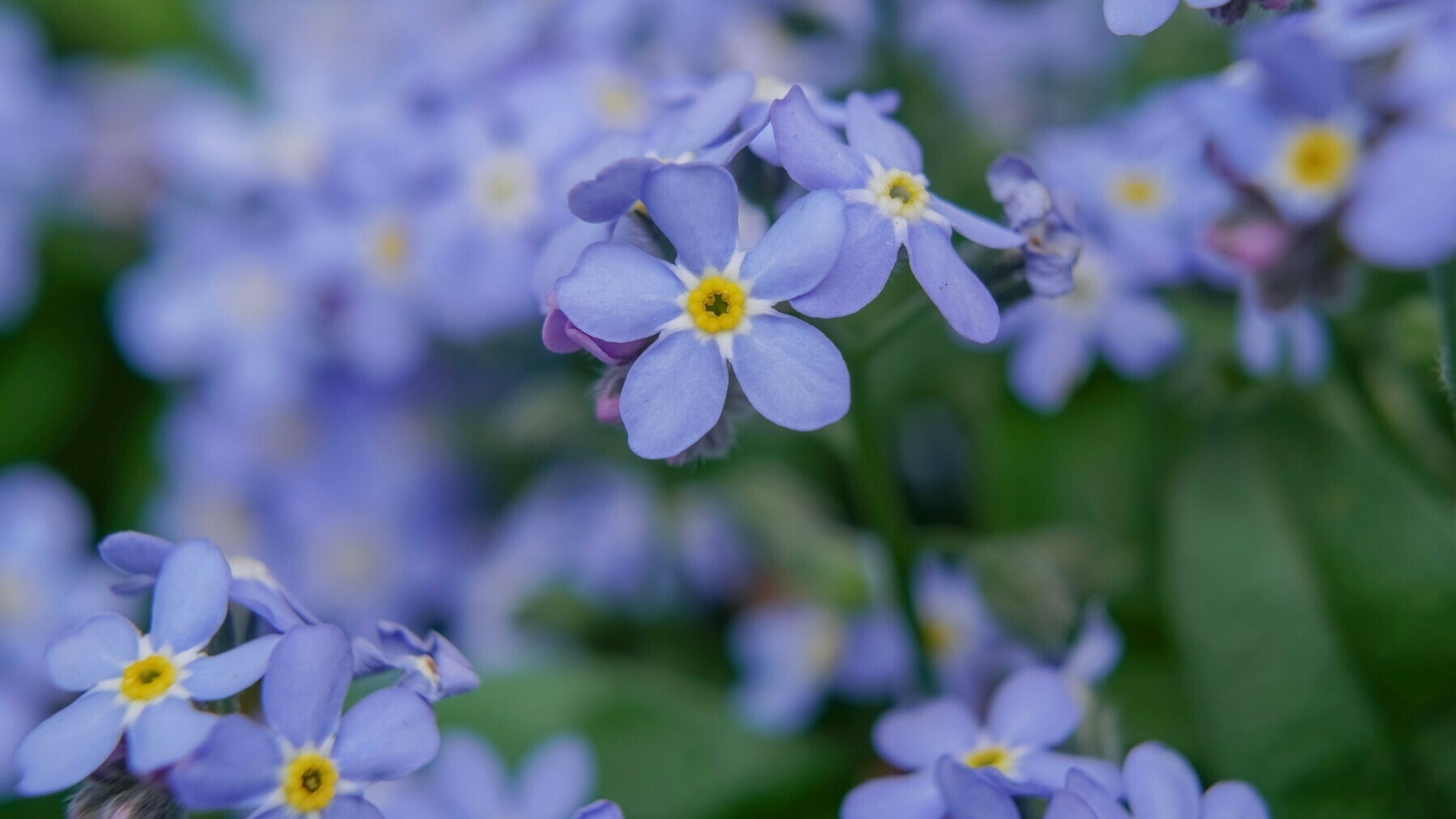
Forgetting is the essence of what makes us human
The subtitle of Joshua Foer’s book, Moonwalking with Einstein, promotes the art and science of ‘remembering everything’. Yet Foer accepts that forgetting is an essential aspect of memory. He quotes the Argentinian author Jorge Luis Borges:
“It is forgetting, not remembering, that is the essence of what makes us human. To make sense of the world, we must filter it. “To think,” Borges writes, “is to forget.” – Joshua Foer, Moonwalking with Einstein: The Art and Science of Remembering Everything
A System for Writing by Bob Doto
“The note you just took has yet to realize its potential.” - Bob Doto
Another ‘Zettelkasten primer’ won’t be needed for some time, since this one is direct, concise, thorough and strongly practical.
📚A System for Writing by Bob Doto is out!
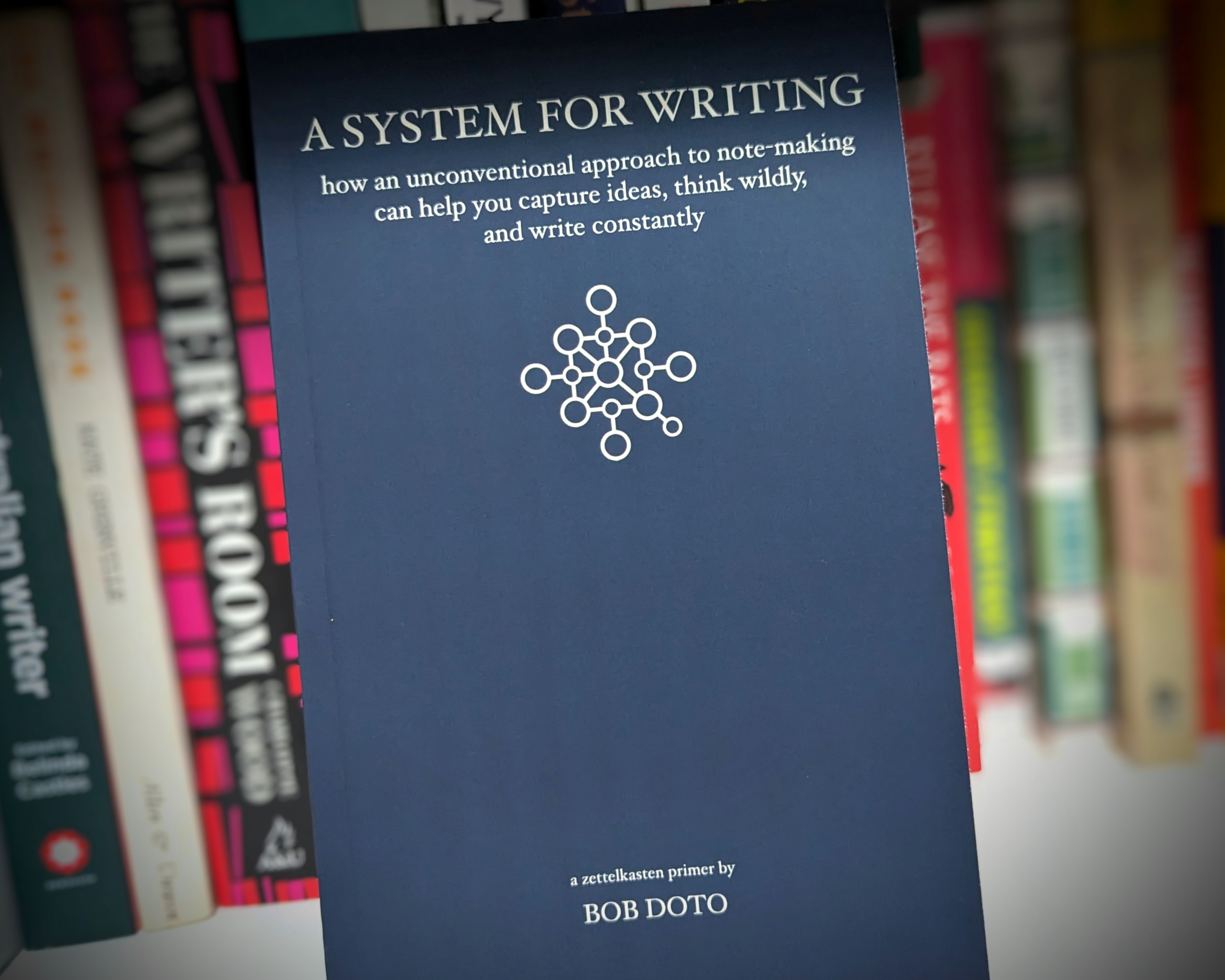
Why not let your reading be a smorgasbord of serendipity?
Yes indeed, why not let your reading be a smorgasbord of serendipity?
Here’s Anna Funder, author of Wifedom: Mrs Orwell’s Invisible Life, on working at the University of Melbourne English Department library as a student:
“It sounds prehistoric now, but I sat at the front desk, typing out index cards for new acquisitions or requests from staff for books or journals — anything from the latest novel, to psychoanalysis, poetry or medieval studies. I read things that had nothing to do with my studies: a smorgasbord of serendipity. Despite my time there, I have never understood the Dewey decimal system: how can numbers tell you what a book is, to a decimal point?” - Every book you could want and many more
My take on this?

HEAJ:Mundaneum by Marc Wathieu is licensed under CC BY 2.0

🐙 Octopus intelligence is intriguing. Having read Ray Naylor’s The Mountain in the Sea 📚, I now want to try Other Minds: The Octopus and the Evolution of Intelligent Life by Peter Godfrey-Smith. I’d also like to read Children of Ruin by Adrian Tchaikovsky, which has a somewhat similar theme.